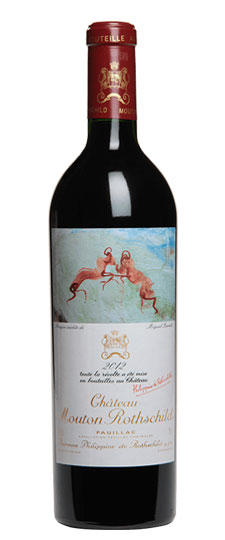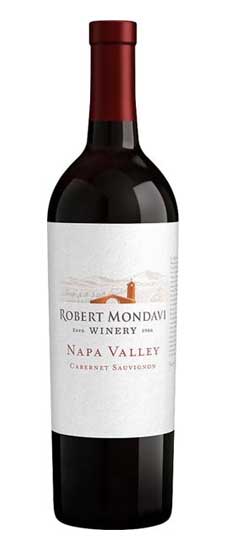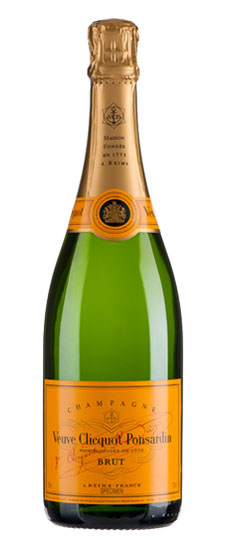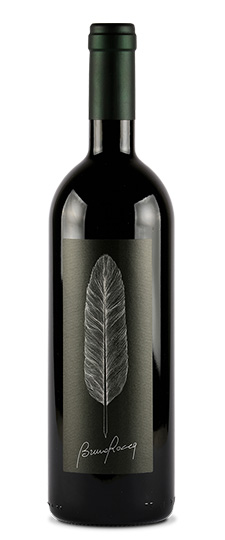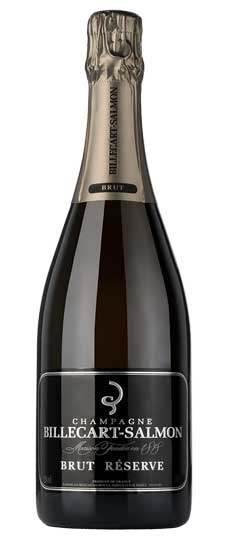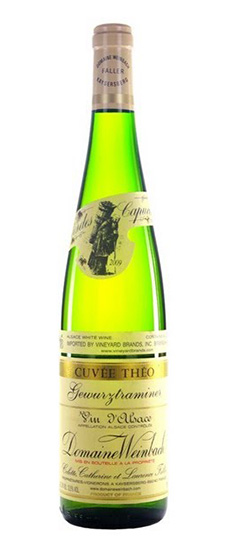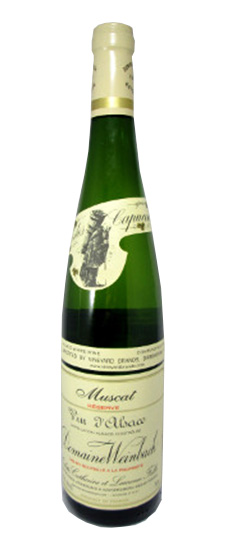Wine Score

Veuve Clicquot Brut Yellow Label
Veuve Clicquot Yellow Label Brut has been the symbol of the House since 1772. A perfect balance between power and finesse, its complexity comes from the predominant presence of Pinot Noir and Reserve Wines. It showcases our superb vineyards and the consistent style of our House
The Blend
Grapes from as many as 50 to 60 different Crus are used for the blending of Yellow Label. The predominance of Pinot Noir provides the core structure of Clicquot, while a touch of Meunier rounds out the blend. Chardonnay adds the elegance and finesse essential to a perfectly balanced wine.
The Chef de Caves has to achieve the total consistency of taste, which makes Yellow Label immediately recognizable, utterly reliable both in terms of quality, color, and aroma.
The blend draws on a particularly high percentage of reserve wines originating from several harvests (usually 5 or 6): from 25 to 35%, sometimes as much as 40% to ensure the consistency of the House style. Each of these older wines – perhaps 9 years old – is kept separately to preserve the unique qualities of the vineyard and the vintage.
Region
Champagne Brut Wines
Champagne Brut is dry, sparkling wine from the Champagne region of northern France. Champagne of any color can be brut, both the standard white and Rosé. It is made from the classic Champagne Blend (typically Chardonnay, Pinot Noir and Pinot Meunier) but in theory can also include the four lesser-known Champagne varieties: Pinot Blanc, Pinot Gris, Petit Meslier and Arbane.
The French word brut translates roughly as ‘raw’, and in this sense it indicates a wine bottled in its natural, raw state – i.e. without a significant addition of sweetness (dosage). In practice, almost all brut Champagnes do receive a small addition of sweetness prior to final bottling. Nowadays, the terms “brut nature” and “zero dosage” are used to indicate champagnes with no dosage at all. See Brut Nature.
 Champagne Brut
Champagne Brut
Rows of riddling racks in Champagne
The laws governing Champagne wine labels define brut wine as “containing less than 15 grams per liter of sugar”. This same definition is reflected in E.U. law, and applies to sparkling wines from all European countries. In non-sparkling wines, which lack Champagne’s sparkle and high acidity, this much sugar would leave the wine perceptibly sweet.
The brut style was pioneered by top-end Champagne house Perrier-Jouet in the mid-19th Century, originally for their extensive market in England. The 1846 vintage marked the beginning of a new era; in that year Perrier-Jouet took the brave decision not to add any sugar to their wines destined for the English market. Prior to this, Champagne had always been sweetened, but the drier, unsweetened style soon gained in popularity. Technically speaking, what Perrier-Jouet created would now be defined as Brut Nature.
In the late 20th and early 21st Centuries, dry, white, brut Champagne has become the default. It is now vastly more popular than sweeter styles such as Sec, Demi-Sec and Doux.
The other official Champagne sweetness levels:
- Doux (50+ g/L)
- Demi-sec (33–50 g/L)
- Sec (17–35 g/L)
- Extra-Sec (12–20 g/L)
- Brut (0–12 g/L)
- Extra Brut (0–6 g/L)
- Brut Nature/Zero (0–3 g/L).

